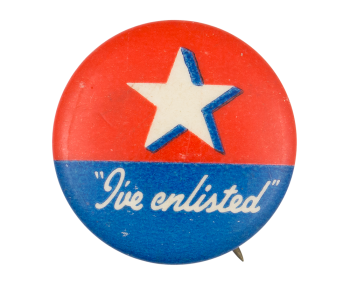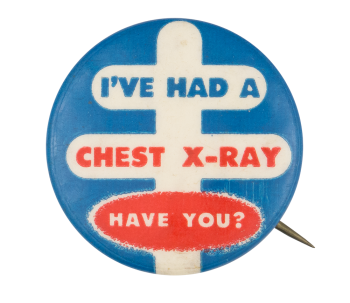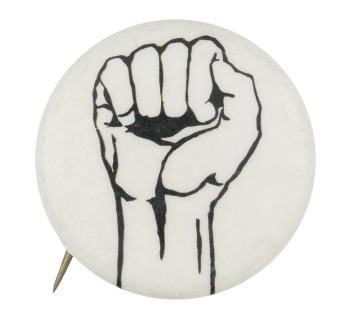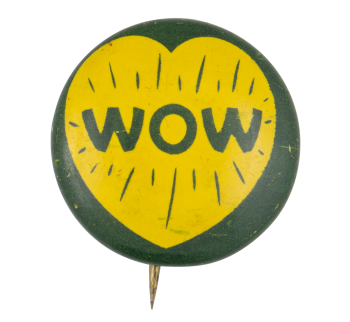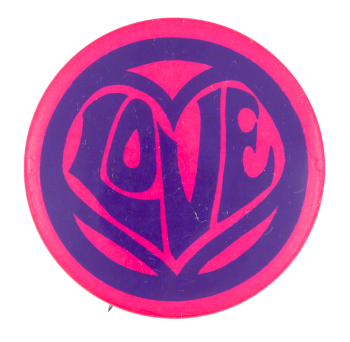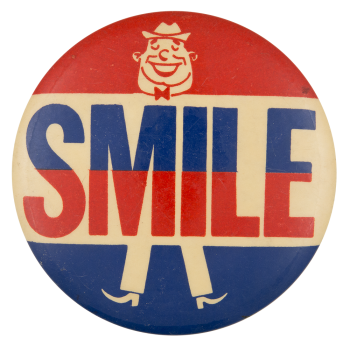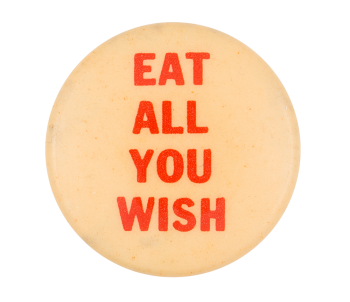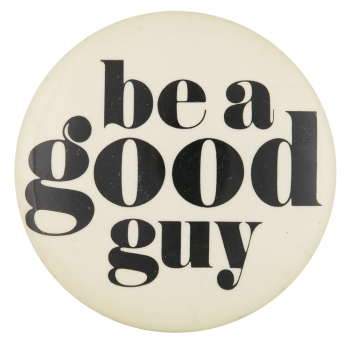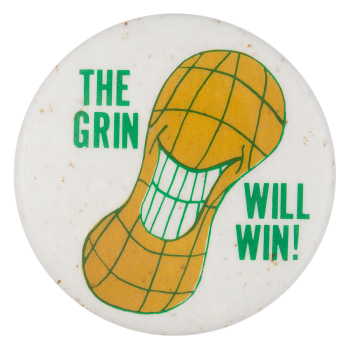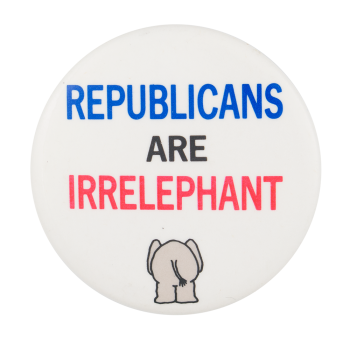I've Enlisted
| Category | |
|---|---|
| Additional Images | |
| Sub Categories | |
| Text on Button | I've enlisted |
| Image Description | White script text over a blue bottom third of the button and a white star over the upper red background |
| Curl Text | BASTIAN BROS. CO. ROCHESTER, N.Y. |
| Back Style | |
| The Shape | |
| The Size | |
| Year / Decade Made | |
| The Manufacturer | |
| Additional Information | Following American entry into World War II, there was a surge of patriotism on the home front to support the troops fighting abroad. In particular, McCall's Magazine replaced its Valentine's Day cover in the wake of Pearl Harbor with a complimentary button and a pledge that read, "As a consumer, in the total defense of democracy, I will do my part to make my country ready, efficient and strong. I will buy carefully. I will take good care of the things I have. I will waste nothing.". More than 15,000 readers signed the pledge and the magazine was praised for its early action among the "Seven Sisters" group of women's magazines, all of which took on a patriotic stance that framed women and children as being at the center of the war effort at home. |
| Sources |
Zuckerman, Mary Ellen (1998). A History of Popular Women's Magazines in the United States, 1792–1995. Greenwood Press. |
| Catalog ID | CA0680 |

